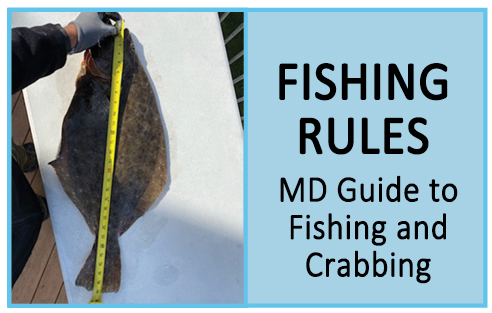Listen to a podcast episode on trout fishing
Get behind-the-scenes info about trout in Maryland on
an episode of the Fishing The DMV podcast. The host interviews Greg Anderson, Coldwater Fisheries Production Manager, and Matt Lawrence, Coldwater Fisheries Biologist with the Maryland Department of Natural Resources.
Trout News
Updated 7/16/2025
ALERT: The North Branch Potomac River in Westernport is experiencing ongoing sewage spills in Georges Creek resulting from the May 13 flood. A link to information from the Allegany Health Department is available
here.
Maryland features premier angling opportunities throughout the state for brook trout, brown trout, and rainbow trout. These resources are managed to offer a variety of experiences for our diverse angling community in a range of settings. Whether you prefer to pursue stocked rainbow trout in your local stream, try your chance at a trophy tailwater brown trout, or hike into the backcountry to catch wild native brook trout, Maryland has a fishing experience for you.
Get Started Here:



Explore trout fishing locations and other fisheries resources near you.

 Trout Fishing and Special Management Areas
Trout Fishing and Special Management Areas
Maryland’s trout fisheries are managed with regulations that are tailored to both the fish population and the water body. The regulations provide a range of fishing experiences that appeal to the many different angler constituencies and communities. Statewide regulations permit year-round trout fishing with a 2 fish per day creel limit and a possession limit of four fish. Varying management strategies are applied to special management areas for Catch-and-Return angling, gear limited areas, delayed harvest areas, and trophy trout fishing.
